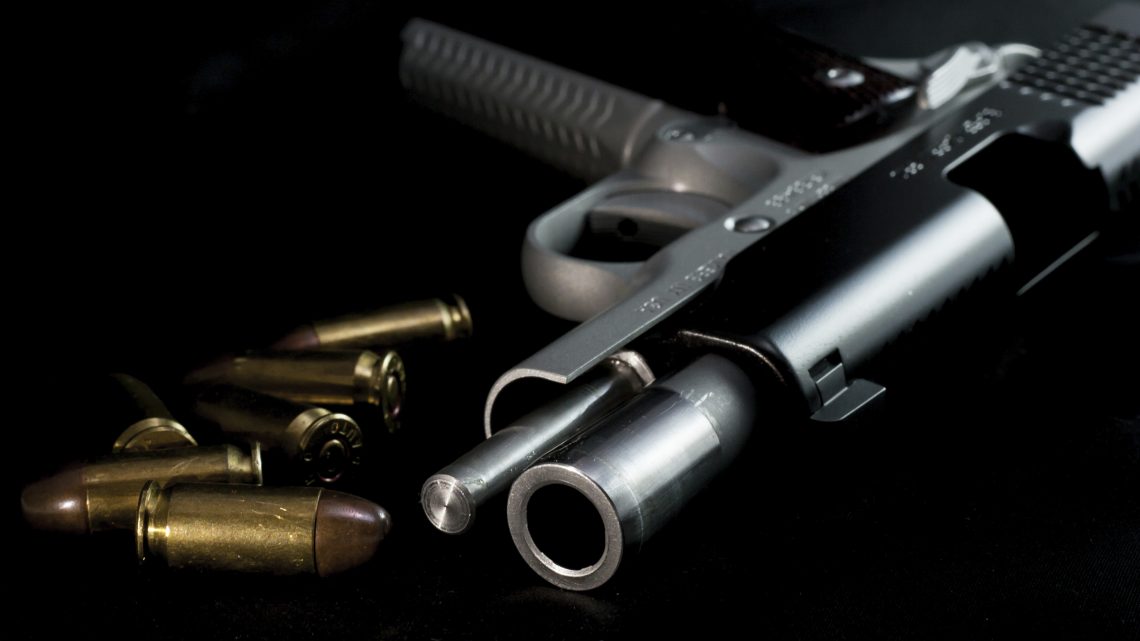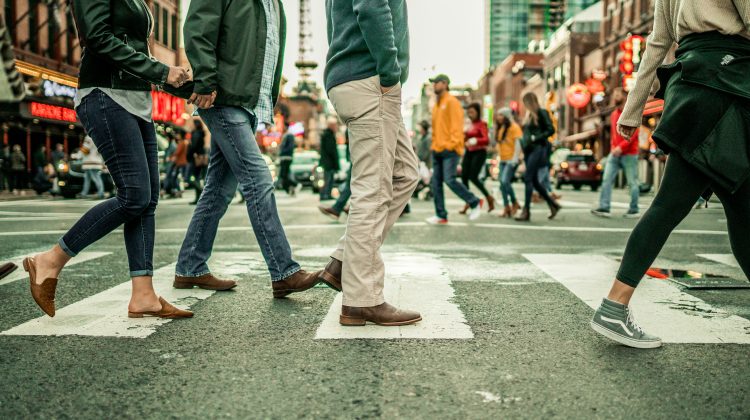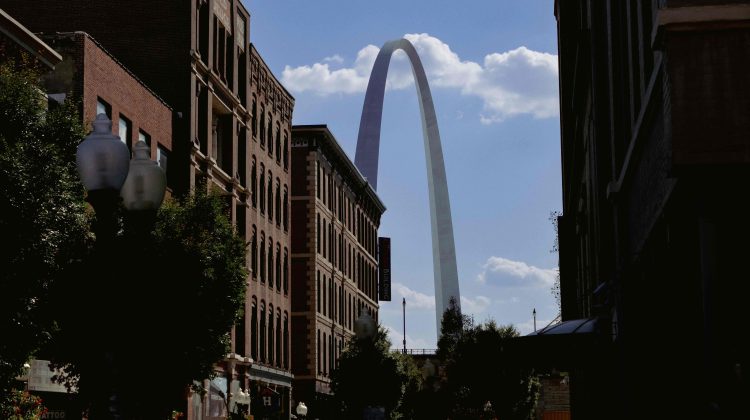It’s a scary world to live in when mass shootings outnumber the amount of days there are in a year. Unfortunately, gun violence is at an all-time high and an increasing threat to public safety. In 2017 alone there were 325 mass shootings in America; deeming it the deadliest year in modern history. If that wasn’t disheartening enough, two of the worst mass shootings in U.S. history happened within a month from each other.
To further illustrate the impact mass shootings have had on Americans, the Birmingham injury attorney Michael D. Mitchell and his team created a visual representation of the amount of individuals killed and wounded in mass shootings from 2000-2017. We’ve included it for you below.
 The injuries acquired from mass shootings skyrocketed in 2017 compared to any year precedent. Not only did these victims receive physical harm, but the emotional and psychological damage of the experience can only be understood through extensive research and training. We hope you never have to experience an active shooter, but in unfortunate event you do below are 8 tips that can help ensure your survival.
The injuries acquired from mass shootings skyrocketed in 2017 compared to any year precedent. Not only did these victims receive physical harm, but the emotional and psychological damage of the experience can only be understood through extensive research and training. We hope you never have to experience an active shooter, but in unfortunate event you do below are 8 tips that can help ensure your survival.
8 Tips for Surviving an Active Shooter Scenario
Know Where the Exits Are
It’s always a good idea to know your surroundings. Try to make this a normal practice for yourself, especially if you’re attending a popular and/or crowded event. Be aware of emergency exit signs and make a quick mental note of an escape route to take if you need to. That way, if something does happen you know where to go and can make your exit as quickly and safely as possible.
Be Alert, Especially in Large Crowds
Events with large crowds have been a big target for mass shootings in recent years. It’s an easy way for an active shooter to harm the most amount of people in the shortest time, so it’s important to always stay alert. For example, many of the people attending the Route 91 event in Las Vegas didn’t initially think or know that the sounds they heard were actual gunshots. Many people lost precious minutes being unaware and distracted that could have been used to flee the scene and seek safety.
Evacuate
If you realize there’s an active shooter in your area, evacuate as soon as possible. Run as fast as you can and as far away until you either reach law enforcement or have arrived to a safe destination. If you hear the shooter nearby opening fire, take cover and wait for them to reload to begin traveling again.
Hide in Safe Area if you Can’t Escape
- Get out of the shooter’s view and stay very quiet. Once in a safe place, make sure to silence all electronics and make sure they won’t vibrate.
- Lock and block all doors, close blinds, and turn off lights.
- Try to avoid hiding in groups – spread along walls or throughout area to make it more difficult for the shooter to find victims.
- Try to Communicate with Law Enforcement Silently: You can now send text messages to 9-1-1, tag your location on social media, or put a sign on a window.
- Ensure your hiding place is out of the shooter’s view and protects you in case shots are fired your way.
Fight Back
Fighting back should be your very last resort. However, if you deem this your necessary route, you have to be prepared for it and commit to your actions 100%. This isn’t the cinema and one wrong move, one stray bullet, can be the difference between life & death. So finding an escape is always the better option. As your absolute last resort, and only if your life is in imminent danger, should you attempt to disrupt and/or incapacitate the active shooter by:
- Acting as aggressively as possible against him/her
- Throwing items or something heavy and hard at them, trying to aim at the head, and improvising weapons
- Committing to your Actions: Remember, this isn’t the cinema and one wrong move, one second stalled, or one moment of second-guessing yourself could be the difference between life & death. Commit to your actions 100% and be prepared to cause severe or lethal injury to the shooter. You can try recruiting others to also ambush the shooter with improvised weapons like chairs, fire extinguishers, scissors, rocks, tables, books, etc.
When Law Enforcement Arrives
Officers will proceed directly to the area where the last gunshots were heard. Law enforcement offices usually arrive in teams of four and may be armed with rifles, shotguns and handguns. Depending on the situation, officers may use pepper spray or tear gas to control the situation. When they arrive to the scene, do the following:
- Remain calm and follow the instructions given by officers
- Keep hands up, open, and visible to law enforcement
- Avoid making quick movements towards officers, such as holding on to them for safety
- Do NOT stop to ask officers for directions when evacuating, just proceed in the direction where the officers arrived at the scene.




No Comment